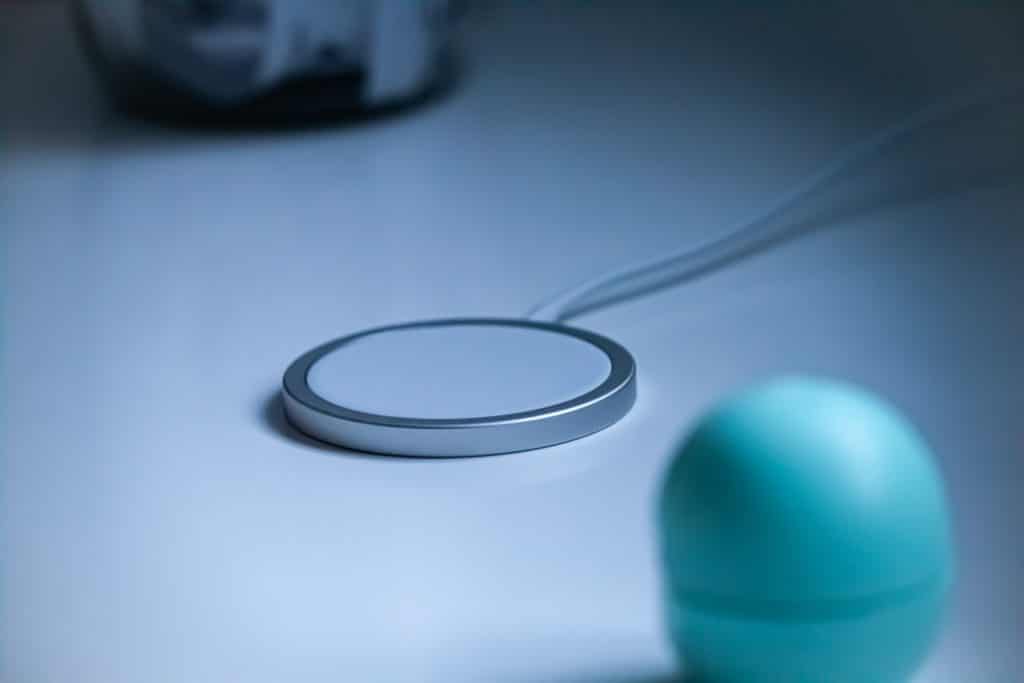
According to a recent report, Apple’s MagSafe charging technology could come to Android under the Qi2 standard soon.
In 2010 Wireless Power Consortium (WPC) finalized the Qi standard, a global solution to address compatibility issues for wireless charging.
So it’s not surprising that most charging products today are based on the wireless charging standard — whether it’s a phone, earbuds, or smartwatch. Some manufacturers that support Qi are Apple, Samsung, Google, and LG.
That said, the wireless charging standard is far from perfect.
For one, it only efficiently works when there is a perfect alignment between the charging pad and the device. So you can’t text on your phone while charging wirelessly or scroll through an Instagram feed without losing power.
However, Apple’s MagSafe technology addresses this issue. It uses magnets to properly align your device and charger to prevent slower wireless charging. That’s why the Wireless Power Consortium will introduce a new wireless charging standard based on MagSafe.
“Energy efficiency and sustainability are on everyone’s minds these days,” says executive director of the WPC, Paul Struhsaker. “Qi2’s perfect alignment improves energy efficiency by reducing the energy loss that can happen when the phone or the charger is not aligned.”
Here’s what we know about the new Qi2 standard for wireless charging.
Bringing MagSafe Technology to Android Devices
Apple provided the basis for the new Qi2 standard by building on its existing MagSafe technology. The other WPC members developed the new Magnetic Power Profile to ensure a perfect alignment on the charging devices.
As a result, users can enjoy improved energy efficiency and faster charging on the new wireless charging standard. What’s more, the improved efficiency and interoperability could expand the wireless charging market to unique accessories.
According to BusinessWire, the new Qi2 wireless charging standard should replace its predecessor, Qi, in 2023. The publication revealed that Qi2 Certified mobile phones and chargers could arrive on time for the 2023 holiday season.
